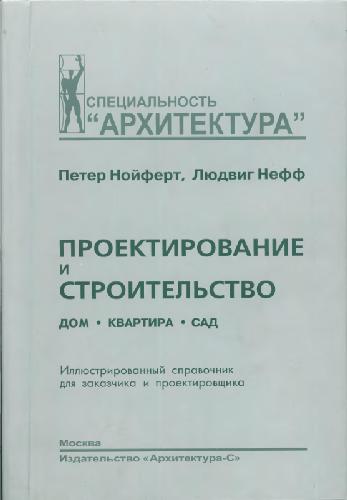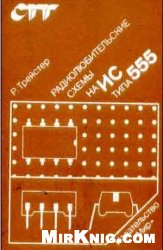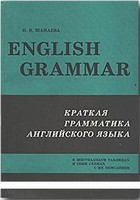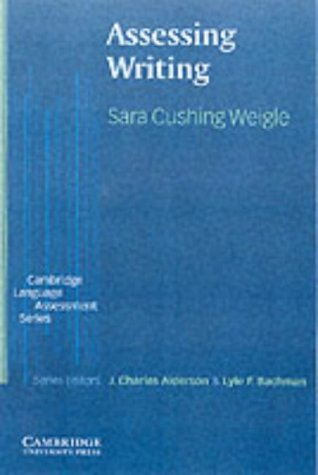- 2 402 202 книги
- Поиск
libcats.org







Spectroscopic Techniques in Industrial Hygiene
Wang J., Siegel P.D., Lewis D.M.Over the past few decades the pace of change in spectroscopic techniques has been remarkable. Spectroscopic techniques are emerging as important, powerful, and versatile tools in determining exposure levels of hazards generated in working environments. Occupational safety and health studies employ spectroscopic techniques to analyze hazardous chemicals, biomarkers, and particulate matters of exposure. In comparison with many traditional detection techniques such as gravimetric methods, spectrometric techniques are much more sensitive, selective and accurate. The major spectroscopic techniques used in industrial hygiene include mass spectrometry (MS), scanning electron microscopy (SEM), X-ray microanalysis (XM), atomic spectrometry (AS), ultraviolet/visible (UV/VIS) photometry, fluorescent spectrometry (FS), Fourier transform infrared (FTIR) spectroscopy, and Raman spectroscopy (RS). Interest in using MS in industrial hygiene is driven by its value in understanding basic physical, chemical, and biological processes related to workers' exposure to occupational hazards, and in devising new methodologies to monitor exposures. SEM has become particularly useful in the study of pneumoconioses and workplace environmental particles since being complemented with energy dispersive X-ray (EDX) analysis and automated image analysis capabilities. SEM and EDX have been used extensively to characterize particles found in lung tissues. Atomic spectrometric methods are used widely for occupational health evaluation of inorganic metals. The development of inductively coupled plasma atomic emission spectrometry (ICPAES) techniques has become increasingly attractive, and has been applicable to analysis of nearly all the elements. FTIR and Raman spectroscopies are employed to detect highly toxic gas and vapor mixtures. Additionally, field-portable methods for monitoring airborne workplace contaminants and toxins have received increasing attention. To date, highly specific, selective, and sensitive spectroscopic technologies have allowed for the development of novel methodologies and new indicators for exposure characterization. Assessment of actual body burden of chemicals, which are more directly related to potential adverse occupational health effects, can be accomplished. The major spectroscopic techniques and their applications to industrial hygiene are described in this article.
EPUB | FB2 | MOBI | TXT | RTF
* Конвертация файла может нарушить форматирование оригинала. По-возможности скачивайте файл в оригинальном формате.
Популярные книги за неделю:

Проектирование и строительство. Дом, квартира, сад
Автор: Петер Нойферт, Автор: Людвиг Нефф
Размер книги: 20.83 Mb

Система упражнений по развитию способностей человека (Практическое пособие)
Автор: Петров Аркадий НаумовичКатегория: Путь к себе
Размер книги: 818 Kb

Сотворение мира (3-х томник)
Автор: Петров Аркадий НаумовичКатегория: Путь к себе
Размер книги: 817 Kb

Радиолюбительские схемы на ИС типа 555
Автор: Трейстер Р.Категория: Электротехника и связь
Размер книги: 13.64 Mb
Только что пользователи скачали эти книги:

The Eagles Encyclopedia
Автор: Ray Didinger, Автор: Robert LyonsКатегория: sports
Размер книги: 6.66 Mb

English Grammar: Краткая грамматика английского языка (в шестнадцати таблицах и схемах с их описанием)
Автор: Шанаева Н.ВКатегория: НАУКА и УЧЕБА, ХОББИ и РЕМЕСЛА
Размер книги: 2.31 Mb

Assessing Writing (Cambridge Language Assessment)
Автор: Sara Cushing WeigleКатегория: Языкознание
Размер книги: 1.51 Mb






